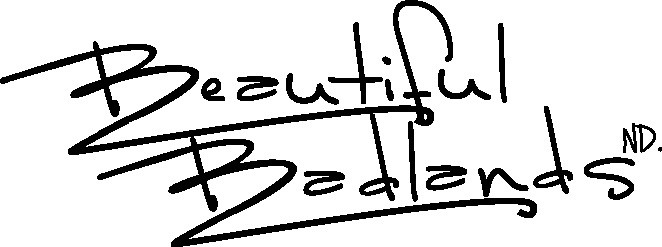Fort Union: Unites Time, Traders, Trappers, and Tribal Merchants
Bonus: Download this lead magnet that will help you to improve everything Click here to get it
The Journey
Fort Union, from across the Missouri River just yards from the ND/MT state line
A cool wet September morning…and a traveling pair head for the trading post. Word had reached them in their homes near Bismarck and Fargo that this was the weekend of a good gathering at the Fort Union Trading Post. For nearly 40 years, this fur trading post on the upper Missouri provided peaceful trade between traveling frontiersmen, trappers, traders and Native American merchants. Assiniboine, Crow, Blackfeet, Ojibwa, Mandan, Hidatsa, Arikara and Sioux merchants all traded at the post. From the days of Lewis and Clark until the Civil War, this was a cultural and economic nerve center in the middle of the North American Continent.
Earlier in the season, the couple had spied the trading post from across the Missouri River. The water was up; the distance was great, so they didn’t try to ford the river or cross at another point. Instead they vowed to return when they were within range. That day was the first Saturday in September.
The couple navigated the 25 miles of back roads and watched for signs of the trading post. “Turn north and follow the river,” she counseled him as she consulted a series of maps. He directed the surefooted horsepower in the direction she indicated. Bluffs and buttes around, they found the trading post and crossed over the state line in to Montana to enter the compound from the west just feet in to Montana, heading east back in to North Dakota.
The southwest bastion was designed for defense. George Catlin used it as a studio in 1832
They crossed the low-lying spaces below the trading post. There, down below the trading post their time was one hour off. The low-lying area is in mountain time zone. It changed as they walked the rise up in to the structure where they entered central time zone. The tall tower and wind vane they had spotted from across the river was now above them as they entered in through the garrisoned walls. At the entrance a couple discussed their evening plans for socializing, food and sleep at the trading post.
At the main gate and entrance of the trading post. cross the entrance, a young woman navigated her way across the muddy grounds. Frog-drowning rain the night before had left a lake in the compound and more rain was expected. A boardwalk keeps visitors out of the mud from last night’s rain.
At the moment, water slowly seeped in to the ground, leaving behind soft mud bridge by planks. Different cultures, different ages and different families converge on the trading post. Despite the mud and rain, families moved about the post freely, playing and enjoying the social event. As much as the trading post is about commerce and products, it’s also about families and social gatherings.
Hardware is made, then traded and sold in booths and tents along the perimeter of the Fort Union Trading Post. Since the days of John Jacob Astor and the American Fur Company, this has been the largest trade, shopping and supply post in the western frontier U.S. Positioned up-stream from the joining point or confluence of the Yellowstone and Missouri Rivers, the trading post merges several cultures in to one moment on the northern plains.
Nearby, buckskinners took shelter in the warmth of the trade house at the entrance of post. Inside the west Indian Trade House, a fire keeps visitors warm and dry.
Here is where ledgers, inventories and business records are kept. It’s also the room where important meetings with visiting tribal merchants could strike a deal. A fire crackled in its work to ward off the damp chill of the day. “We meet here as often as we can,” the older trader told a visitor while he nursed his precious hot coffee. “We’re happy to have visitors like you. We like to swap stories and share our adventures.”
The old-timer’s words were demonstrated; a gathering and multiple conversations were housed on the front porch of the Bourgeois House. This is where the field agent lived in 1851 after a smaller building was enlarged in to this two-story house with a porch. Just outside the palisades, young marksmen prepared his muzzleloader.
His target, down by the river, was out of sight at the moment. By the time he got his shot ready, the target would be visible again. His efforts attracted the attention of friends and strange visitors. After a couple of misfires, his shot echoed across the valley.
A few spectators watched as the shooter demonstrated his skills. Some, chose to stay inside, including a small gathering of men who sat and swapped stories.
The trading post provided a chance to not only swap goods and stories, but to kick back and relax.
The visitors who had come so far to visit the Fort Union Trading Post were warmly received and learned much from this annual gathering.
The visit extended until nearly sunset when the gathering broke up and headed to their lodging for the evening, some outside the post, and some farther down the river in more civilized settlements. There, they spread the word of the days’ events on Facebook and in the Beautiful Badlands ND photo gallery.





















Trackbacks/Pingbacks